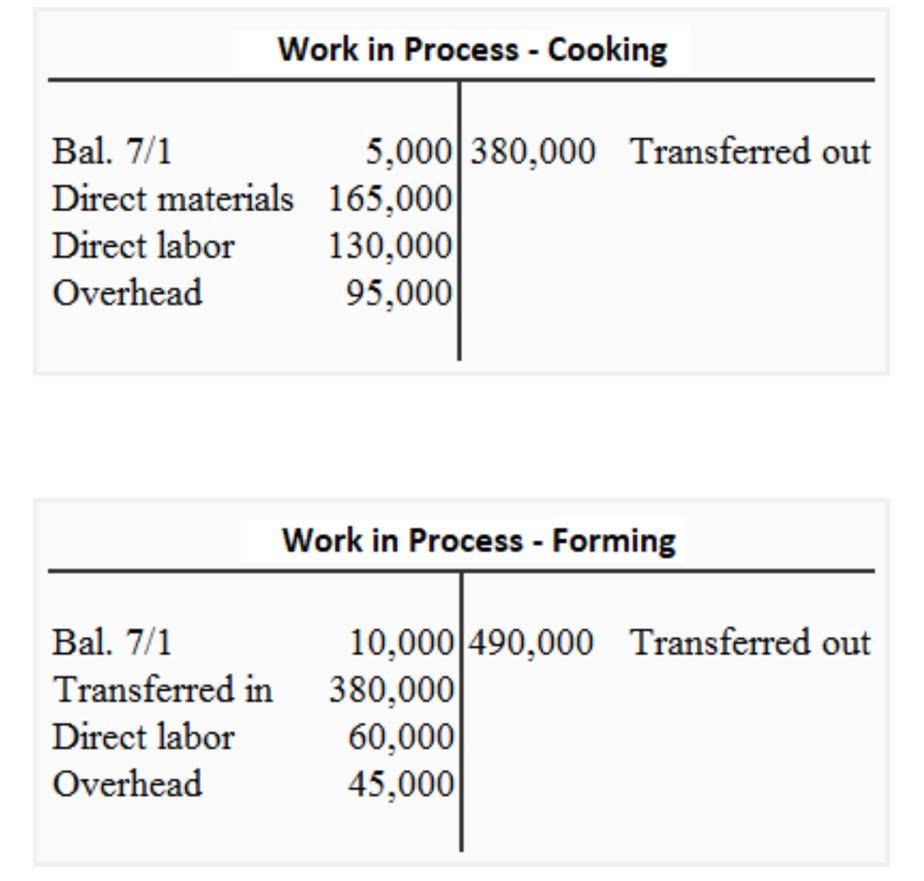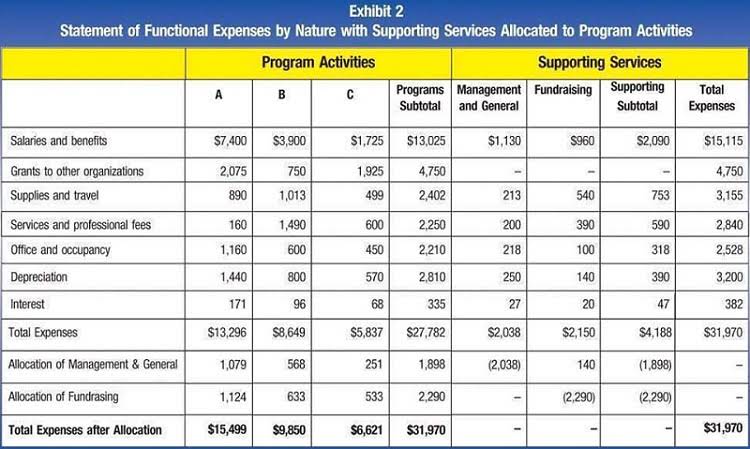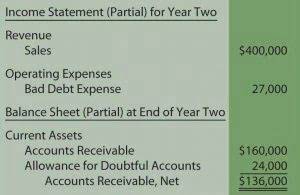
Upping the ante even more, we’re also including a COA template to provide you with a handy jumpstart to your own chart of accounts. So on that note, let’s jump right in because clearer, more organized financials and improved decision-making are just around the corner. To set up a chart of accounts, first list out all your financial accounts, then sort them by the five categories listed above. If necessary, keep sorting the accounts into various subcategories, functions and divisions until you are satisfied with the lists.
How Datarails Can Help
The accounts included in the chart of accounts must be used consistently to prevent clerical or technical errors in the accounting system. A chart of accounts is a list of all accounts used by a company in its accounting system. Automated integration ensures consistency and accuracy in recording financial data across the COA and the accounting system.
To Ensure One Vote Per Person, Please Include the Following Info
In simple terms, it’s what you have in the business as a company owner (or one of the company owners) or, often, an investor. You can have multiple liability accounts in the COA, representing different types of your obligations. The total assets amount represents the value of all the company’s resources. You can have multiple asset accounts, each representing a different type of asset. A chart of accounts lists down all accounts used by an entity in its accounting system.
ERP Selection Guide and Checklist: Find the Perfect ERP for Your Business

Once a business is up and running and transactions are routinely being recorded, the company may add more accounts or delete accounts that are never used. When it’s time to either set up a new COA or improve an existing one, it’s important to remember the running theme you’ve seen up to this point – organization. Classifying your different types of transactions into set categories is the backbone of an effective COA and, thus, general ledger and financial statements. Now that we have the high-level information behind us, let’s roll up our sleeves a bit and zero in on building the ideal chart of accounts for your company. As we said before, an effective COA begins with two essential building blocks – balance sheet accounts and income statement accounts. For example, if a company makes a sale, it debits an asset account (like Accounts Receivable or Cash) and credits a revenue account (Sales Revenue), as defined in the COA.
- The remaining two are income or revenue and expenses, which flow into the income statement.
- The COA is usually hierarchical, with accounts organized in categories and subcategories.
- In order to keep the number of accounts down to a manageable level, you may periodically review the list and close any accounts that are not fully utilized.
- It, therefore, makes it easy for the user to locate a particular account with the help of its account number.
- For the past 52 years, Harold Averkamp (CPA, MBA) hasworked as an accounting supervisor, manager, consultant, university instructor, and innovator in teaching accounting online.
- The more accounts are added to the chart and the more complex the numbering system is, the more difficult it will be to keep track of them and actually use the accounting system.
- Every time you add or remove an account from your business, it’s important to record it in your books and your chart of accounts (COA) helps you do that.
- Assets are resources your business owns that can be converted into cash and therefore have a monetary value.
- The COA has been a fundamental component of accounting systems for centuries, evolving with accounting practices.
- For example, balance sheets are typically used for asset and liability accounts, while income statements are used for expense accounts.
A chart of accounts (COA) is a structured list of an organization’s financial accounts used to https://www.bookstime.com/ categorize and record financial transactions. It serves as the backbone of an accounting system, providing a framework for organizing financial data in a logical manner. The COA is tailored to an organization’s needs and can vary widely in complexity.
In short, this is a way to measure how valuable your organization is to its owners. This column is for information only to indicate whether the account is normally increased by a debit or a credit. For example expense accounts are normally increased by a debit entry, whereas income accounts are normally increased by a credit entry. Some accounting apps, like QuickBooks, will actually set up a chart of accounts for your business automatically, which is extremely convenient. You can customize the chart of accounts through various actions, such as adding next accounts, marking old accounts inactive or editing account numbers. A chart of accounts usually contains identification codes, names, and brief descriptions for each account to help users easily locate specific accounts.

Are You Looking For Best Accounting & Bookkeeping service? Click Here
- We recommend beginning this process with your balance sheet accounts and then adding your income statement and other necessary accounts.
- Similarly, if you pay rent for a building or piece of equipment, you might set up a ‘rent expense’ account with sub-accounts for ‘building rent’ and ‘equipment rent’.
- A COA breaks down your transactions during a particular accounting period into specific account categories, helping people quickly gain clear insights into your organization’s financial health.
- In the View menu of an account, select a default tax to be applied when thisaccount is chosen for a product sale or purchase.
- In this sample chart of accounts, the code is a number, but could be any appropriate system which allows accounts to be grouped together.
With online accounting software, you can organize and track your balance sheet accounts. No matter if you’re an entrepreneur starting https://www.facebook.com/BooksTimeInc/ a business or an owner looking to streamline your practices, accounting software can help you get the job done. The chart of accounts lists the accounts that are available for recording transactions. In keeping with the double-entry system of accounting, a minimum of two accounts is needed for every transaction—at least one account is debited and at least one account is credited. There are five primary types of accounts, i.e., asset, liability, equity, income and expense.
Chart of Accounts: A Comprehensive Guide with Real-World Examples
He has been the CFO or controller of both small and medium sized companies and has run small businesses of his own. He has been a manager and an auditor with Deloitte, a big 4 accountancy firm, and holds a degree from Loughborough University. GAAP (generally example of chart of accounts accepted accounting principles) are created and maintained by the Financial Accounting Standards Board (FASB) and apply to business in the United States. IFRS (International Financial Reporting Standards) apply to businesses outside the U.S.

The asset-liability and equity accounts affect the balance sheet, whereas the income and expense accounts reflect changes in the income statement. For instance, a large-scale company could have several entries for expenses that it doesn’t separately mention in the income statement. A chart of accounts can help the company list all the costs recorded in its general ledger in one place. This will enable the directors and shareholders to quickly identify the source of expenses and revenues when going through the financial statements. Think of your chart of accounts as a roadmap across your operations, indexing all of your different financial accounts in an organized, consumable way.